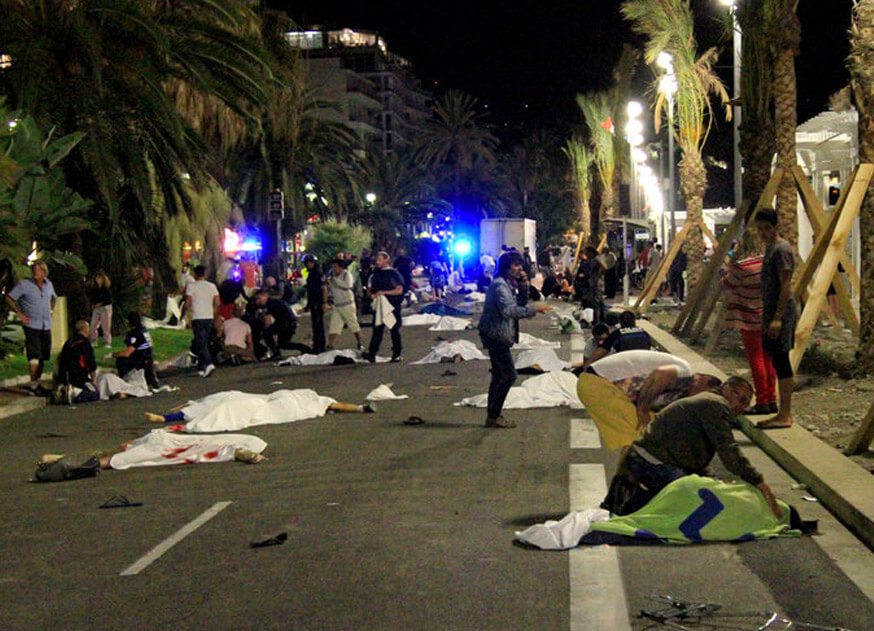To truly understand a casualty’s respiratory status, a provider needs to know both their hemoglobin oxygen saturation, which is easily measured with pulse oximetry, and exhaled carbon dioxide level, a marker of ventilation. Among changes in the 25 JAN 2024 …
MARCH: Massive Hemorrhage, Airway, Respiration, Circulation, Hypothermia Prevention
The easy to remember mnemonic MARCH reminds us of the priorities in treating casualties during TECC and TCCC situations. MARCH provides a framework to address immediate life threats and gives an organized approach to begin a casualty evaluation. The MARCH mnemonic is preferable to the ABCDE model because it takes into consideration the reason you need an airway and to be breathing is to circulate blood to the casualty’s brain. Recognizing that, the first step in our casualty evaluation should be to look for massive hemorrhage.
Once past massive hemorrhage, A-R-C is loosely approximated by A-B-C. H- is a reminder that a large number of traumatic casualties arrive at the emergency department or medical treatment facility hypothermic which dramatically increases their death rate.
The MARCH mnemonic can be applied to any patient, as the initial casualty evaluation usually rules out massive hemorrhage.
National and international guidelines on TBI management don’t typically specify using mannitol or hypertonic saline, because there was never good data showing one was superior to the other. That may have changed. 🕖 Reading Time, 4 minutes Traumatic brain injuries …
Can you use nipple location as a physical landmark for chest tube placement? Is it the same for men and women? BLUF: No. 🕖 Reading Time, 4 minutes Using the nipple as a marker for the 5th ICS as recommended …
Advertising to educate the public in basic first aid techniques 🕖 Reading Time, 6 minutes Cards like these were included in packs of cigarettes made by the Imperial Tobacco Company. Often referred to as ‘Wills cards,’ issued by WD and …
High-pressure water jet units deliver large volumes of water at very high pounds per square inch. Entry wounds can be small, but internal tissue damage extensive, similar to military rifles. BLUF: If the water jet is a bit further from …
🕖 Reading Time, 8 minutes. (UPDATED 31 March 2024) There is little existing medical literature on casualties intentionally run over by vehicles, but several patterns become apparent. On 19 December, 2016 a truck was intentionally driven into a Christmas market …






